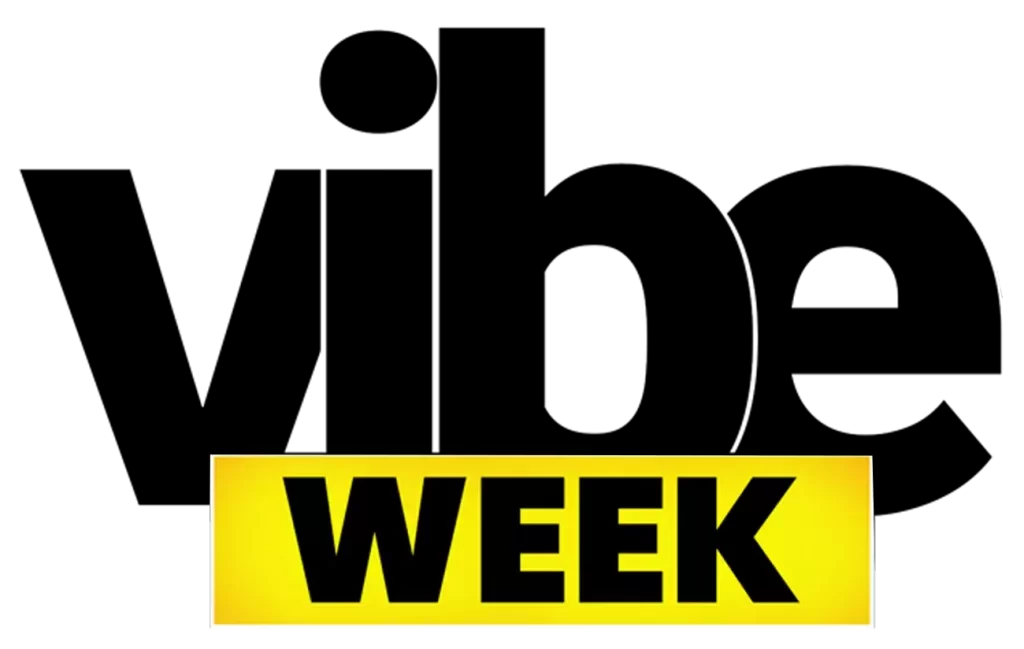As coronavirus spreads fear and panic across the world, streaming services have been observing a spike of interest in the 2011 movie Contagion.
Starring Matt Demon, Gwyneth Paltrow and Lawrence Fishburne, the movie follows the outbreak of a deadly virus called MEV-1 and its disastrous impacts on society.
Needless to say, in today’s context, Contagion is not a comforting watch. In fact, if the whole Coronavirus situation is already making you anxious, you should probably avoid Contagion. Because it will only make things worse.
In fact, the slogan of the movie is “Nothing spreads like fear” – and that is basically the goal of the movie. To scare and to educate. Over eight years ago, I wrote the article “Contagion”: How Disaster Movies “Educate” the Masses where I highlighted the main messages of this movie and the blueprint it lays it out for future epidemics.
Back in 2012, I found it important to analyze this movie because it is not simply a “scary thriller”. In fact, there is nothing entertaining about that movie. It is an educational video. It is an “ultra-realistic” depiction of a massive pandemic outbreak that takes place in real locations and that involves real organizations. Indeed, while the movie was directed by Steven Soderbergh, its narrative was shaped with input from the World Health Organization (WHO), the Center for Disease Control (CDC) and various specialists.
Here’s an excerpt of an interview with Contagion writer Scott Z. Burns about the involvement of these organizations in the making of the movie:
CS: Were you able to get in touch with anyone from the World Health Organization (WHO)?
Burns: Yeah, I went to CDC in Atlanta a number of times. We actually shot part of the movie there, and we did have a lot of conversations with WHO throughout the process. Larry Brilliant and Dr. Lipkin helped us a lot in terms of reaching out to WHO, so they were very aware of the movie. In fact, we shot part of the movie there as well. The scene where Marion Cotillard walks in (to the office) in Geneva.
– Coming Soon, CS Interview: Contagion Writer Scott Z. Burns
To put things in context, the movie came out a couple of years after the H1N1 crisis in 2008. After months of panic and a mass vaccination campaign, some studies showed that the WHO and the CDC grossly overestimated the number of actual H1N1 cases and pushed a vaccine that many deemed unnecessary. A movie like Contagion was a good remedy for this tarnished credibility.
In 2020, the world faces another major epidemic scare and Contagion becomes relevant again. Not only that, but mass media has also been casting a solid spotlight on it.
CONTAGION
The movie begins by showing the various ways a virus can spread across the world in a matter of days.

Soon after, the virus reaches the United States and all hell breaks loose.

In Contagion, the public is depicted as rather idiotic and prone to panic.

In 2020, the coronavirus outbreak causing massive lines in stores as people stockpile various items.

Buying tons of toilet paper in California: What people do when they’re scared but are not sure what to do.




